Commonly known as Chinese-Pepper, Flatspine Prickly Ash, or Szechuan Pepper, this plant’s botanical name is Zanthoxylum simulans. Belonging to the Rutaceae family, the species is native to regions across Asia, including China, Japan, Taiwan, as well as parts of Australia. It is a perennial plant that thrives year after year, making it a popular choice among gardeners.
This small tree features foliage that resembles the Ash (Fraxinus), adding visual appeal to landscapes. Its fruit, bark, and leaves are highly aromatic, contributing to its widespread use as an ornamental plant. Known as “Chinese pepper,” it is also valued for its role as a substitute for traditional pepper in Far Eastern cuisine. This unique blend of aesthetic and culinary applications makes the Szechuan Pepper a distinctive and versatile addition to any garden.
| Common name | Chinese-Pepper, Flatspine Prickly Ash, Szechuan Pepper |
| Botanical name | Zanthoxylum simulans |
| Family | Rutaceae |
| Species | simulans |
| Origin | Asia, Australia, China, Japan, Taiwan |
| Life cycle | Perennial |
| Plant type | Edible |
| Hardiness zone | 5, 6, 7, 8, 9 |
| Sunlight | Dappled Sunlight |
| Soil condition | Clay |
| Soil ph | Acid |
| Drainage | Well-Drained |
| Growth rate | Medium |
| Spacing | 12 – 24 ft. |
| Harvest time | Fall |
| Flowering period | Spring |
| Height | 26 ft. – 49 ft. |
| Flower color | Green |
| Leaf color | Green |
| Fruit color | Brown, Copper |
| Stem color | Brown, Copper |
| Fruit type | Berry |
| Fruit benefit | Edible |
| Leaf benefit | Fragrant |
| Uses | Naturalized Area |
I. Appearance and Characteristics
Zanthoxylum simulans, the Chinese-pepper, Chinese prickly-ash or flatspine prickly-ash, is a flowering plant in the family Rutaceae, native to eastern China and Taiwan. It is one of several species of Zanthoxylum from which Sichuan pepper is produced.
It is a spreading shrub or small tree growing to 7 m tall. The leaves are 7–12.5 cm long, pinnate, with 7–11 leaflets, the leaflets 3–5 cm long and 1.5–2 cm broad. There are numerous short (3–6 mm) spines on both the stems and the leaf petioles, and large (several cm) knobs on the branches. The flowers are produced in slender cymes, each flower about 4–5 mm diameter. The 3–4 mm berry has a rough reddish brown shell that splits open to release the black seeds from inside.
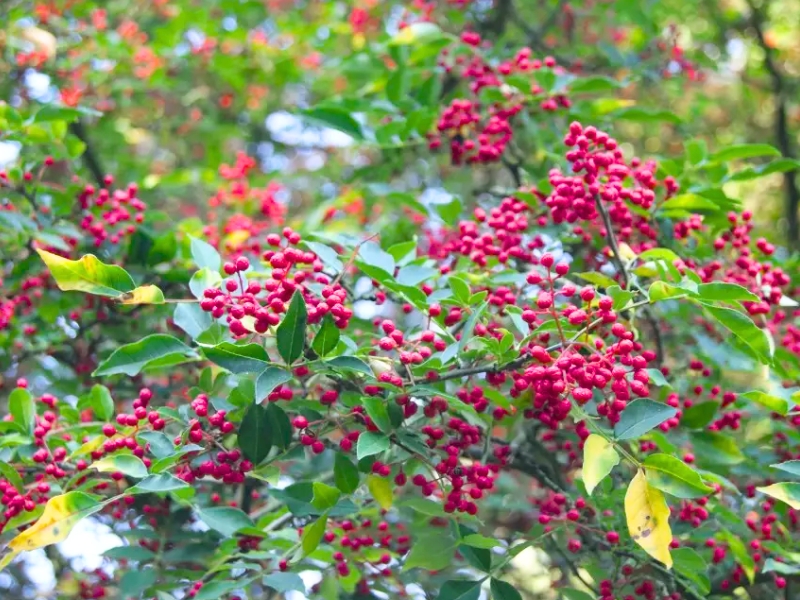
II. How to Grow and Care
Szechuan Pepper is a hardy plant known for its adaptability to a range of conditions, which makes it relatively easy to grow. A critical care point for szechuan Pepper is ensuring full sun exposure for optimal growth and pepper production. It is also essential to provide well-draining soil to avoid root rot. Regular pruning will help to maintain an appropriate shape and encourage new growth.
Sunlight
Szechuan Pepper thrives in full sun, where it receives an abundance of light to fuel robust growth and berry production. Optimal growth occurs with direct sunlight for most of the day. However, szechuan Pepper displays a remarkable resilience by tolerating partial sun. In such conditions, it can still flourish but may exhibit a slower growth rate and reduced fruiting. Adaptive traits such as leaf morphology help in coping with various light exposures. For optimal outdoor cultivation, szechuan Pepper should be planted in areas that guarantee several hours of uninterrupted sunlight, ensuring its vigorous development and health.
Watering
Szechuan Pepper thrives in conditions that mimic its native habitat, where it experiences periodic rainfall and dry spells. This species is drought-tolerant and prefers a drier environment, maintaining a balance by storing water efficiently within its tissues. For optimal health, szechuan Pepper should be watered once every three weeks, allowing the soil to dry out between watering sessions. As an outdoor plant often found in temperate regions, szechuan Pepper has adapted to seasonal changes with varying water availability, making it resilient against fluctuations in moisture levels.
Soil
Plant Szechuan peppers in nearly any type of well-drained soil.
Fertilizing
Fertilize szechuan Pepper during its growing season with a balanced fertilizer in spring to support foliage and high-nitrogen feed pre-flowering for robust spice production. Apply quarterly, adjusting for growth stage and season, with a lighter dose for young plants. Over-fertilization can cause leaf burn, so follow label rates. Use slow-release granules or diluted liquid fertilizers for controlled nutrition. Soil testing can guide precise nutrient requirements, ensuring Szechuan Pepper’s vigor and productivity.
Pruning
Szechuan pepper plants generally don’t require much pruning. Trim them to enhance the shape and remove dead or damaged growth, but be careful not to prune new growth, as this is where new peppers develop.
Propagation
Szechuan Pepper is typically propagated by seed. Fresh seeds germinate more effectively, and soaking them overnight can enhance success. Care should be taken to plant seeds at the correct depth, generally twice the size of the seed itself. A well-draining soil medium is crucial for preventing rot. Consistent moisture and patience are required, as szechuan Pepper may be slow to germinate. Semi-hardwood cuttings are another option, though they require a rooting hormone and a controlled environment for best results.
Transplanting
For Szechuan Pepper, the optimal transplanting window is in the rejuvenating period of early to mid-spring, when the plant can swiftly root and acclimate. Choose a spot with well-drained soil and partial to full sun exposure for robust growth.
Pests and Diseases
Szechuan pepper plants are generally unaffected by pests and disease.
III. Uses and Benefits
The peppers, which show up when the trees are two to three years old, aren’t widely used in the United States. However, they are a staple in Asia, where they are used to add spice to a variety of dishes. According to the Encyclopedia of Herbs and Spices by P.N. Ravindran, the tiny seed pods have a unique flavor and aroma that isn’t pungent like familiar red or black peppercorns. Most cooks prefer to toast and crush the pods before adding them to food
IV. Harvesting and Storage
Harvest Szechuan pepper plants in autumn. Put a tarp under the tree to catch the pods, then shake the branches. Wear gloves to protect your skin from the spikes when working with Szechuan pepper plants.
Find Where to Buy the Best Szechuan Pepper (Zanthoxylum simulans)



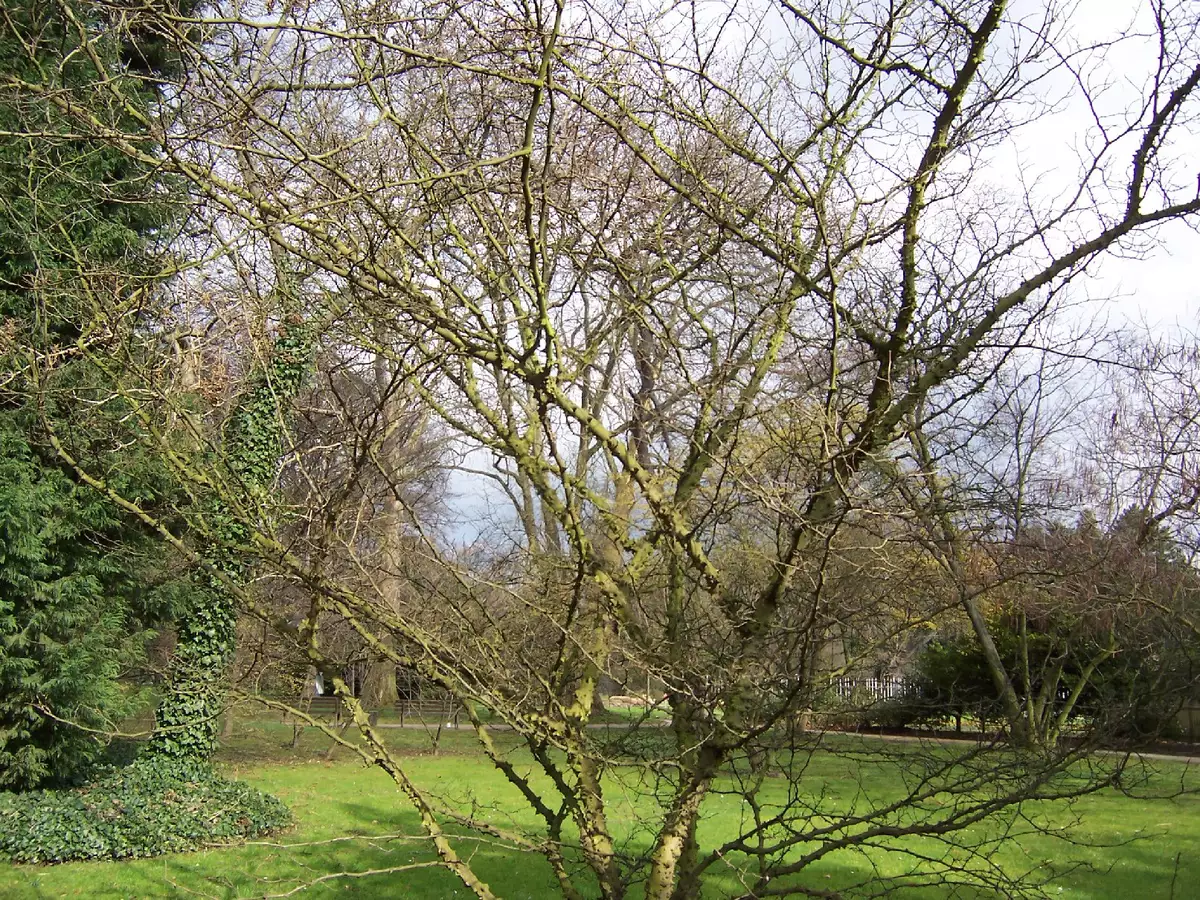

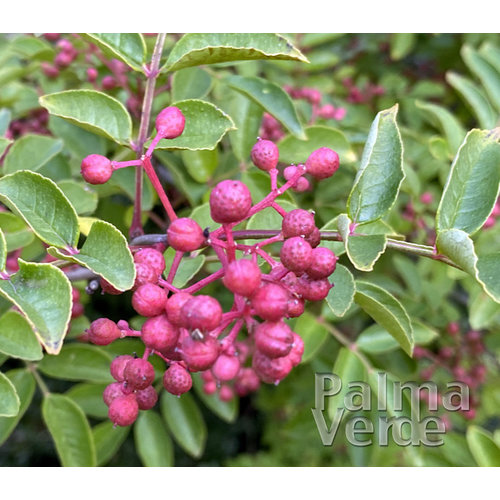



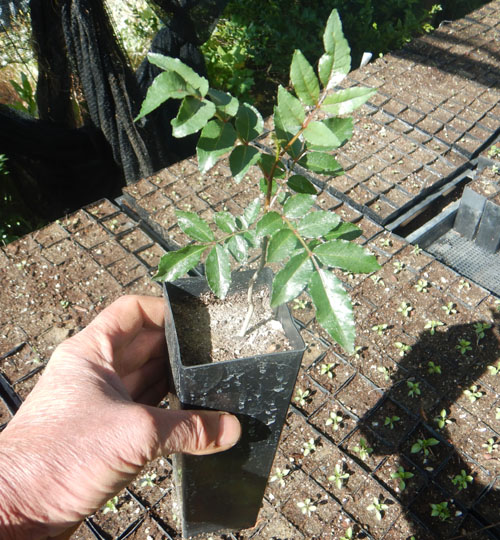
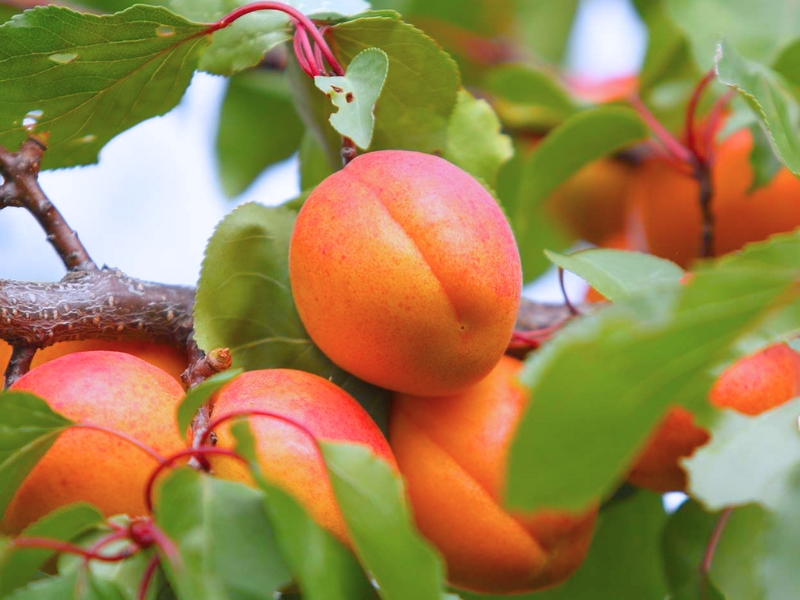
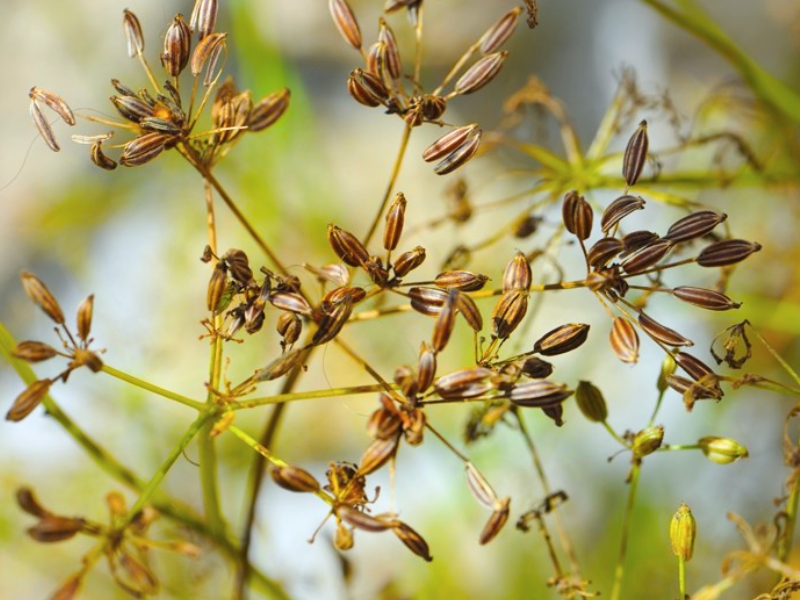
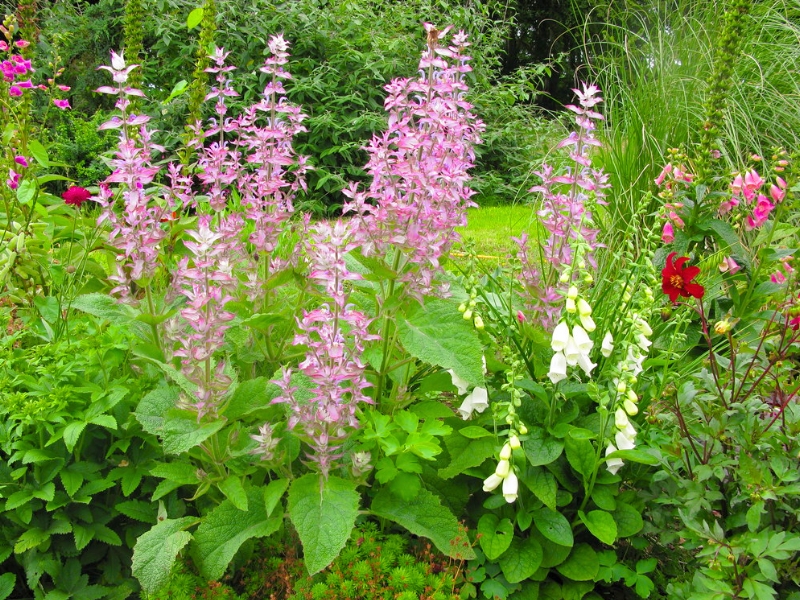
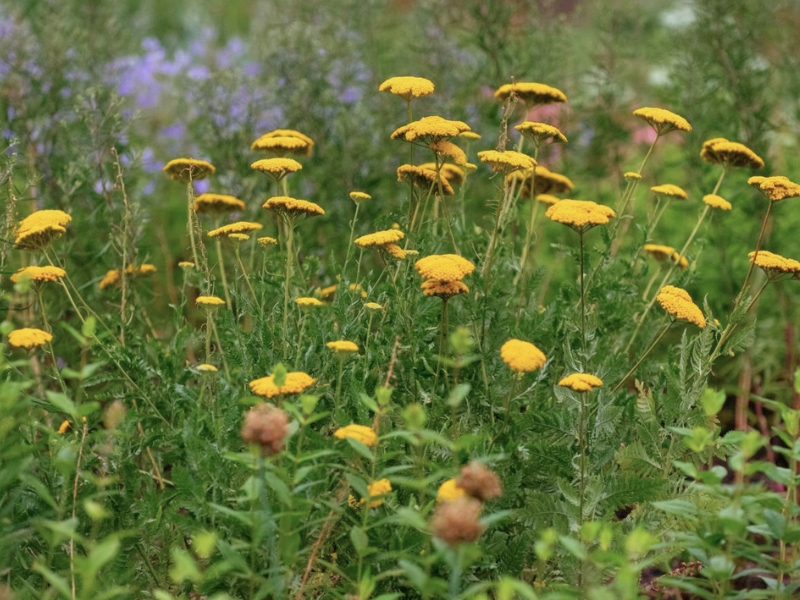
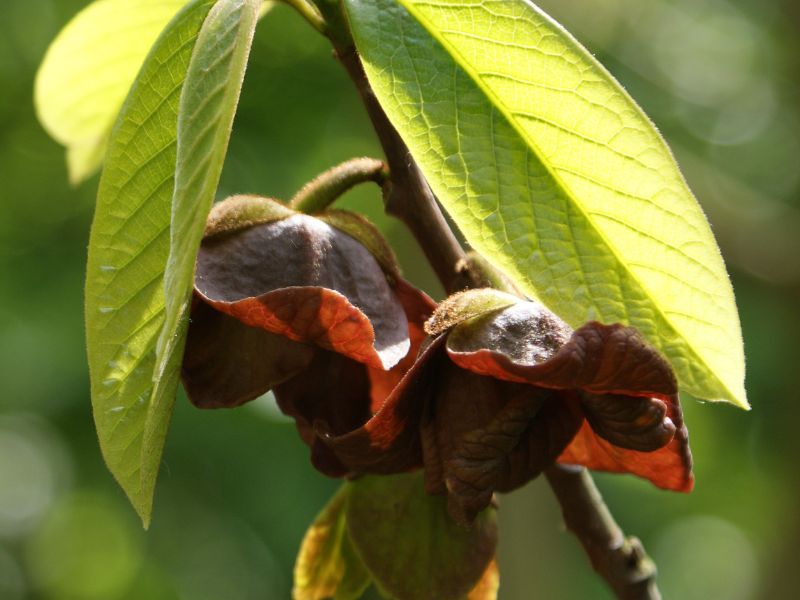
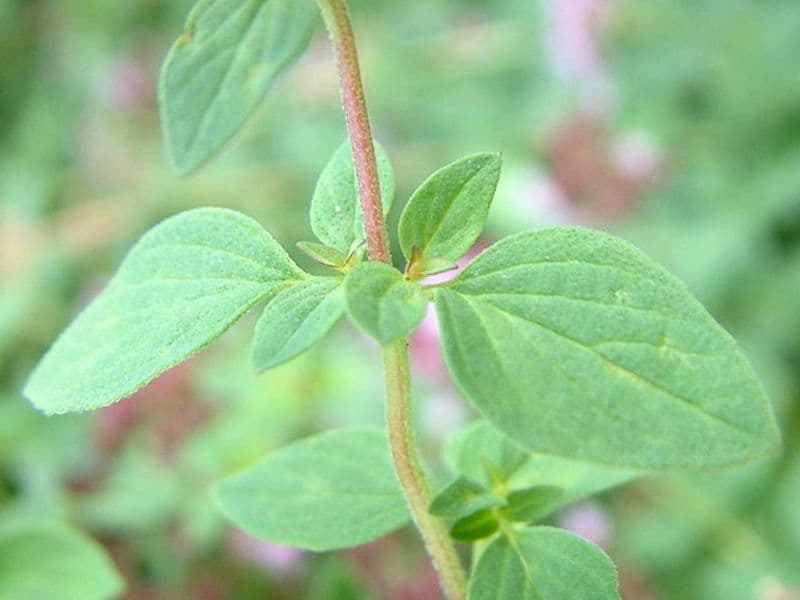
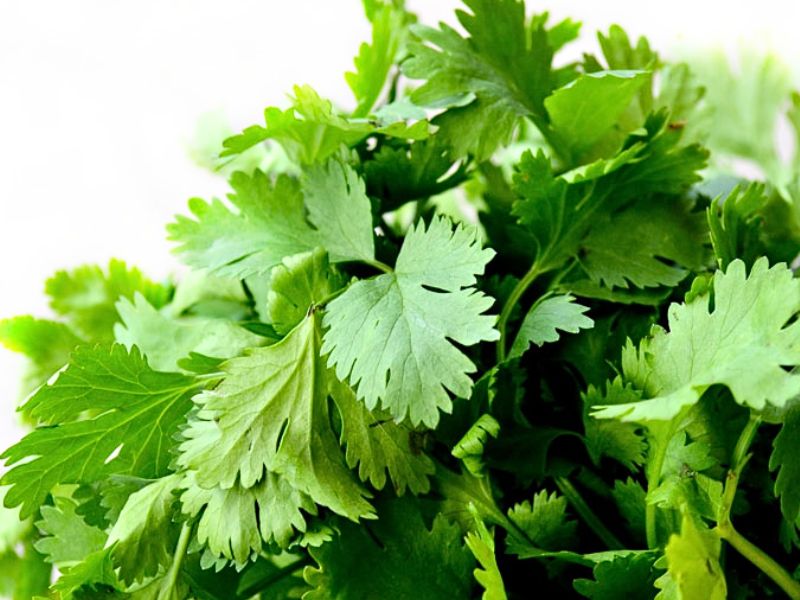
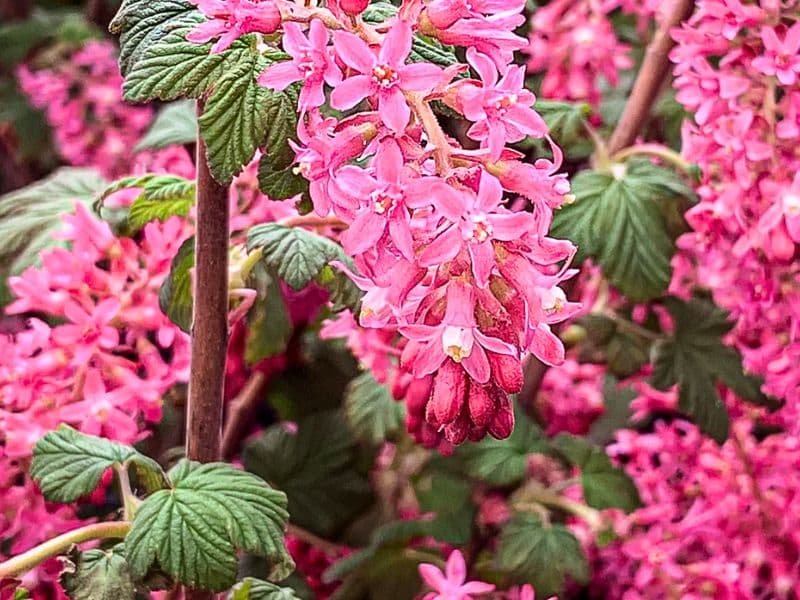
Leave a Reply